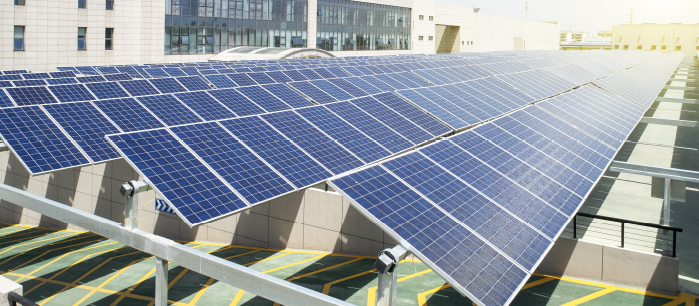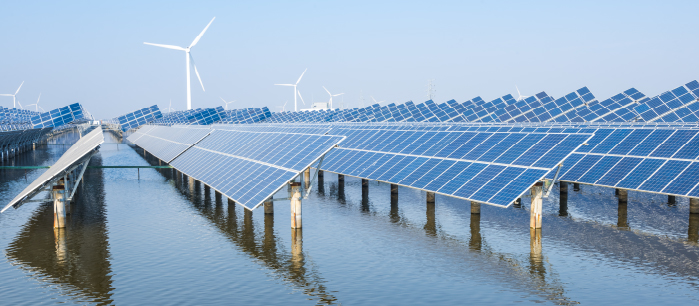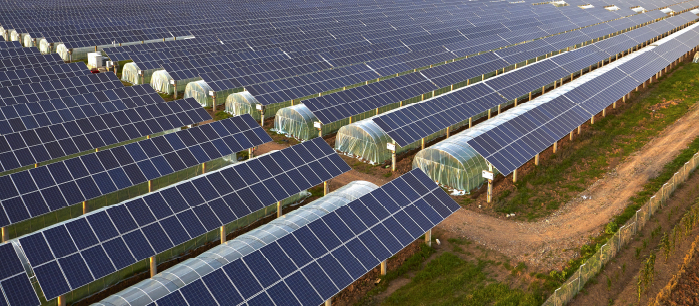To encourage the transition of energy structures and combat climate change, the photovoltaic industry—a subset of renewable energy—is crucial. The photovoltaic (PV) industry is presently undergoing a phase of unprecedented development potential due to the continuously evolving technological landscape and rising consumer demand.

In the middle of the 20th century, when solar cells were first manufactured successfully, the PV industry was created. Over the past several decades, significant progress has been made in the photovoltaic (PV) sector, resulting in the development of numerous groundbreaking products, including thin film solar cells, polycrystalline silicon, and the initial monocrystalline silicon solar cells. In contrast, the cost of PV power generation has decreased steadily due to enhancements in PV module efficacy, allowing it to contend with alternative renewable energy sources.
Despite the fact that the PV industry is thriving, it is not devoid of challenges and obstacles. A finite availability of cultivable land is one such element. A significant concern in regions with limited land resources is the substantial amount of space that conventional large-scale PV power plants demand. In light of this, alternative PV application techniques should be investigated in order to maximise the utilisation of available land.
A distributed PV power generation system is an innovative application of PV technology. Mounted on a variety of surfaces, including walls and roofs, solar photovoltaic (PV) modules produce electricity directly from the sun and disseminate it to buildings via a distributed PV power generation system. This model provides a range of advantages, which are as follows: initially, it optimises the utilisation of building surface area while simultaneously minimising the occupation of land resources; secondly, it enhances the efficiency of energy utilisation while diminishing grid transmission losses; and thirdly, it generates clean, renewable electricity while decreasing dependence on conventional fossil fuels.

Floating body PV power generation systems are an additional innovative PV application type, in addition to distributed PV power generation systems. A floating body PV power producing system is established by affixing photovoltaic modules to the water's surface using a floating platform. The advantages of the model are as follows: first, it optimises the utilisation of the water's surface area as opposed to requiring land resources; second, it enhances power generation by improving the efficiency of photovoltaic modules due to the cooling effect of the water; and third, it reduces dependence on conventional fossil fuels while providing clean, renewable electricity.

In addition to a few additional noteworthy novel PV application models. An instance of this is the PV agriculture model, which utilises PV modules to simultaneously produce electricity and cultivate food. Moreover, the PV energy storage system's integration of energy storage and PV power generation technology can provide a continuous power supply in the event of a solar power outage. New avenues and perspectives for the long-term expansion of the PV industry have surfaced since the introduction of these novel application types.

Support from the government and guidance on policy are essential for the development of novel PV application modalities. The government could potentially support and encourage the expansion of the PV industry through the implementation of favourable policies and regulations, the provision of financial subsidies and tax advantages, and the adoption of additional technological advancements. In the interim, governmental support for scientific research and technological innovation can facilitate the progression and expansion of photovoltaic technology.
Cooperation and international cooperation are crucial to the expansion of the PV industry. It is crucial that countries collaborate, share resources and information, and advocate for the innovative expansion of the PV industry. We must address the energy and environmental challenges we confront as a global community in order to attain sustainable development.







